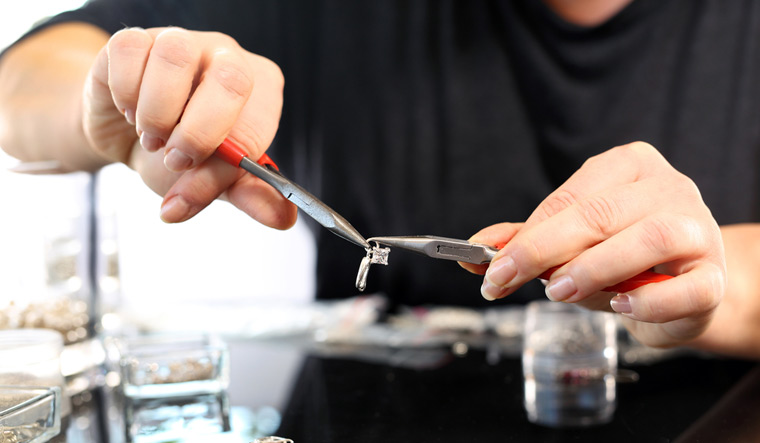
Scientists claim to have developed the strongest silver ever—42 per cent sturdier than the previous world record.
This "fundamental breakthrough" promises a new category of materials that can overcome a traditional trade-off in industrial and commercial materials between strength and ability to carry electrical current, according to the research published in the journal Nature Materials.
"We've discovered a new mechanism at work at the nanoscale that allows us to make metals that are much stronger than anything ever made before -- while not losing any electrical conductivity," said Frederic Sansoz, a professor at the University of Vermont in the US.
All metals have defects. Often these defects lead to undesirable qualities, like brittleness or softening.
This has led scientists to create various alloys or heavy mixtures of material to make them stronger.
However, as the metals get stronger, they lose electrical conductivity.
"We asked ourselves, how can we make a material with defects but overcome the softening while retaining the electroconductivity," said Morris Wang, a lead scientist at Lawrence Livermore National Laboratory in the US, and co-author of the study.
By mixing a trace amount of copper into the silver, the team showed it can transform two types of inherent nanoscale defects into a powerful internal structure.
"That's because impurities are directly attracted to these defects," said Sansoz.
In other words, the team used a copper impurity -- a form of doping or "microalloy" as the scientists style it -- to control the behaviour of defects in silver.
The scientists flipped the defects to their advantage, using them to both strengthen the metal and maintain its electrical conductivity.
To make their discovery, the team started with a foundational idea of materials engineering: as the size of a crystal -- or grain -- of material gets smaller, it gets stronger.
Scientists call this the Hall-Petch relation. This general design principle has allowed scientists and engineers to build stronger alloys and advanced ceramics for over 70 years.

No comments:
Post a Comment